It’s undeniable that war is terrible.
Moving political agendas forward by using war (even to protect the citizens of a country) always results in tragic deaths. On the flip side, though, it can also create economic growth and some surprising inventions.
Necessity is the mother of all inventions, and that is doubly true during wartime. These items (some of which you use daily) were created during times of war. Did you have any idea?
1. Tabasco hot sauce
In the 1850s, a soldier gave his banker friend in New Orleans named Edmund Mcilhenny some delicious Capsicum hot peppers from Mexico. He was serving in the United States-Mexican war when he found them. The man loved the peppers so much, he planted them on his wife’s family’s plantation on Avery Island, just off the Louisiana Gulf Coast. Eventually, the Mcilhenny family used the peppers to create Tabasco Sauce. The sauce was eventually so popular, it was included in C-Rations for soldiers fighting overseas during World War I.
2. Individual tea bags
For soldiers on the front, it can be difficult to gain access to common food staples. Supposedly, in 1908, a U.S. tea importer named Thomas Sullivan accidentally invented the modern teabag by sending samples of his loose leaf to customers in small silk pouches. For the troops in World War I, this was a happy discovery, as they could then brew individual cups of tea.
3. Sanitary napkins
Kotex sanitary napkins were created as a result of the invention of cellucotton, which is a pulp by-product of processed sugar cane. The absorbent, but disposable, substance was used to dress soldiers’ wounds during World War I. Then, nurses used it for sanitary pads while stationed overseas. As a result, Kimberly-Clark began marketing Kotex disposable sanitary pads in 1920.
4. Hostess Twinkies
Originally, in the 1930s, Twinkies were made with a banana filling. During World War II, however, there was a sudden banana shortage and Hostess had to pivot. Instead, they created Twinkies with vanilla cream filling…which were a hit and led to the modern Twinkie.
5. Canned goods
The Emperor Napoleon and a chef named Nicolas Appert created a modern household staple: canned goods. In 1795, Napoleon was worried about getting food to troops that were off fighting his war. So, he offered a prize of 12,000 francs to any man who could find a way to safely preserve food. After 15 years of attempts, Nicolas Appert perfected the canning process.
6. Wrist watch
Although wrist watches were created before World War I, their regular use by soldiers made them extremely popular. Watches allowed officers to efficiently time their actions with others (without using visual cues and giving themselves away). Soon after the war, everyone in London was wearing a wrist watch.
7. Portable x-ray machine
At the beginning of World War I, the portable x-ray machine was invented and perfected by scientists. In particular, the famed scientist Marie Curie worked with countless teams to outfit Red Cross trucks with mobile field units. This technology eliminated many hours of travel time for patients with severe injuries, potentially saving their lives.
8. Blood banks
Before World War I, if a dying patient desperately needed a blood transfusion, doctors would need to find a willing and healthy patient to donate the blood. Thankfully, physicians soon discovered that, by adding sodium citrate to the blood, donated blood could last outside of a patient’s body without coagulating. Dr. Oswald Hope Robertson then created the first blood bank on the battlefield of France in 1917.
9. Duct tape
A woman named Vesta Stoudt was working at a plant during World War II when she noticed something alarming. The packaging of the cartridges she was inspecting was faulty. The paper tape sealing off the ammunition was hard to remove because it would rip, making it difficult for soldiers to quickly access the package’s contents in the field. As a result, she invented duct tape. Not only would it seal the boxes, but it could be removed without tearing.
10. Embalming
Although even early Egyptians were embalming their dead, it wasn’t until the Civil War that U.S. surgeons discovered how to preserve a body so that it could be sent home for a proper burial. It’s believe that a Dr. Thomas Holmes perfected the process and embalmed over 4,000 bodies of deceased Union soldiers.
11. Antibiotics (such a penicillin)
Penicillin’s creation may be one of the most important discoveries of all time. It was originally discovered in 1928 by Scottish scientist Sir Alexander Fleming, but it was in 1941 that doctors realized that Penicillin could be used to treat wounds for soldiers. After that, the limits and benefits of the drug were explored and it’s still used all over the world.
12. Instant coffee
The “essence of coffee” was created for Civil War soldiers in the 1860s. Small instant coffee cakes were given to Union troops as part of their rations. After that, the popularity of instant coffee exploded.
(via All Day)
The inventions that were a result of war don’t justify the violence, but it is fascinating what positive things can coalesce as a result.

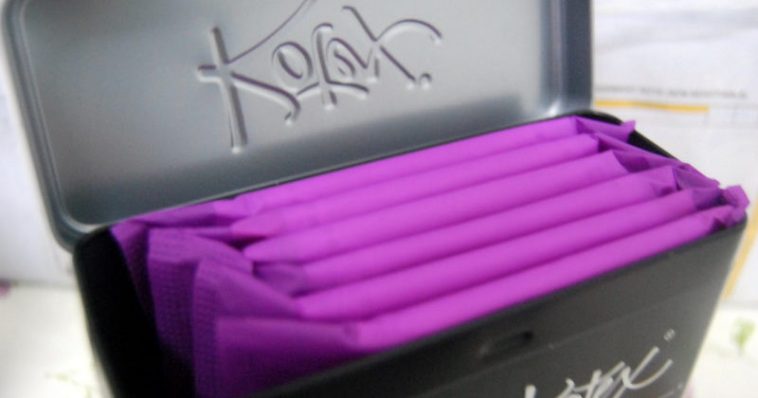
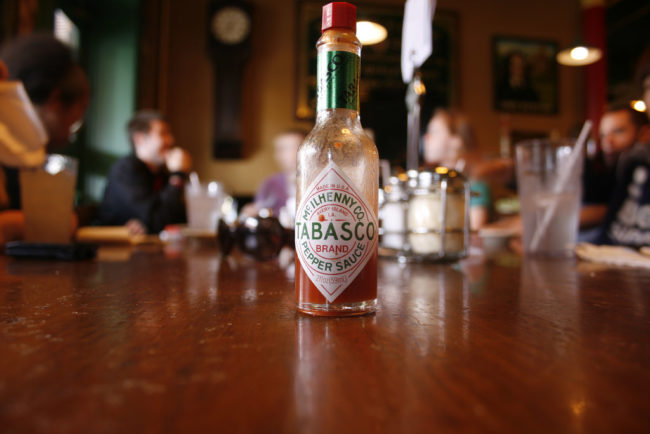

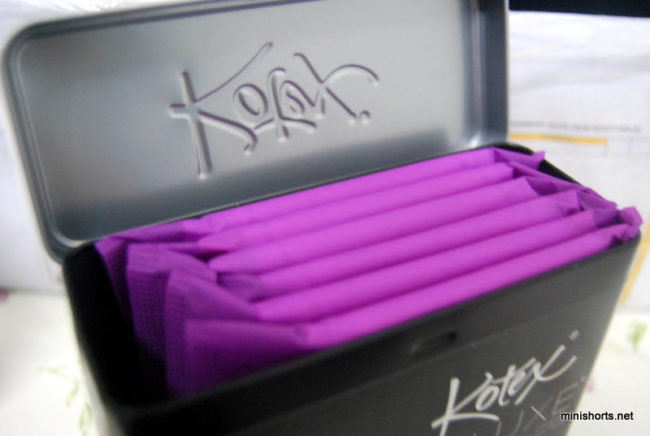
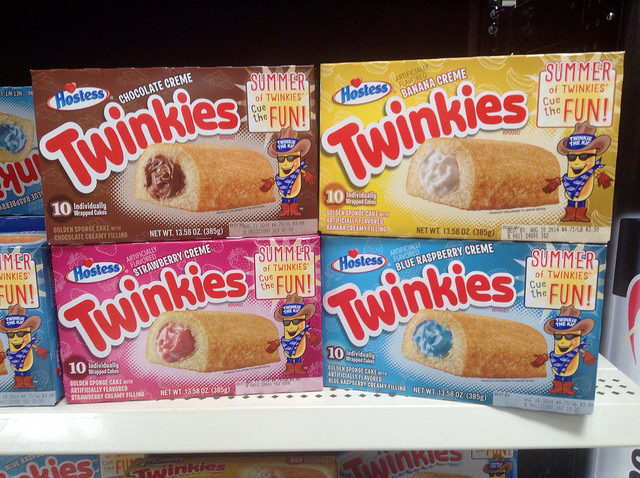
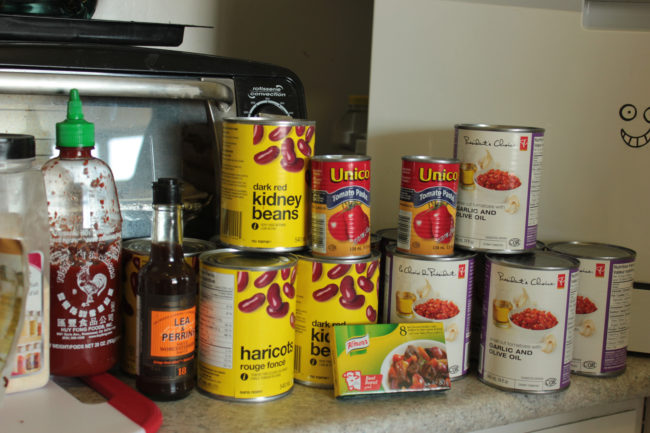
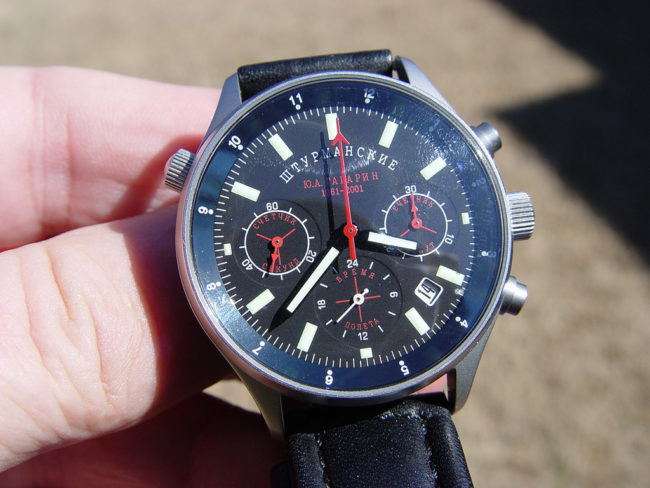
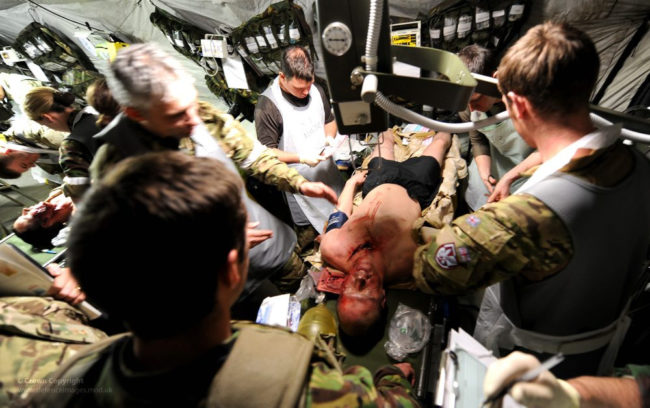
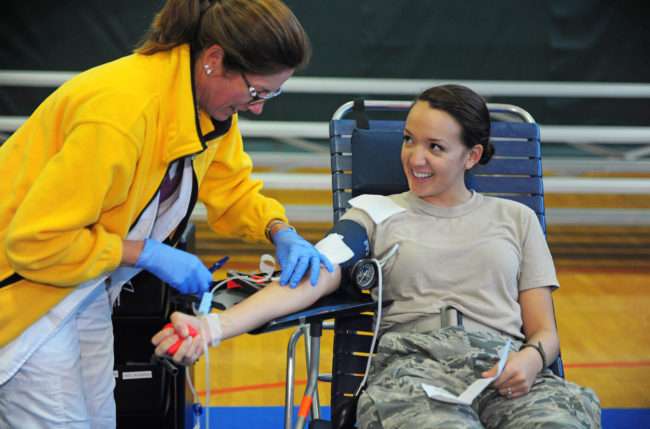
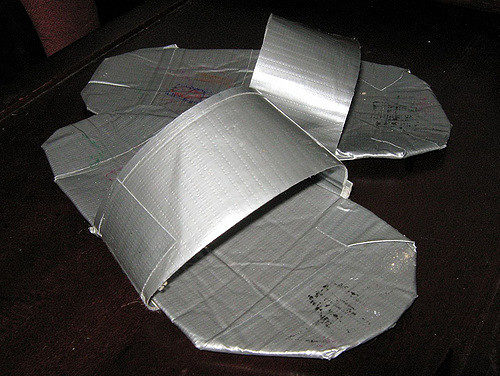
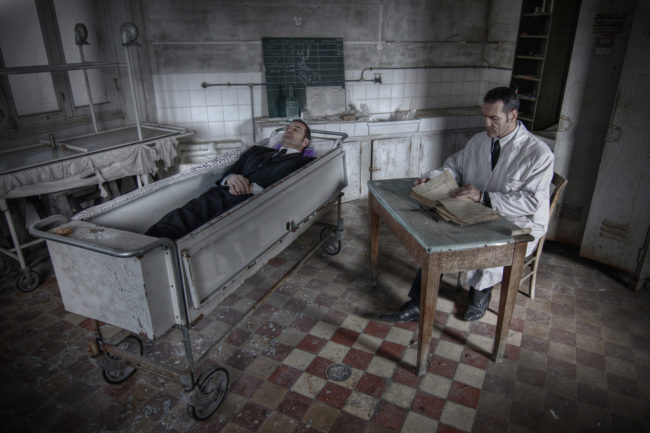

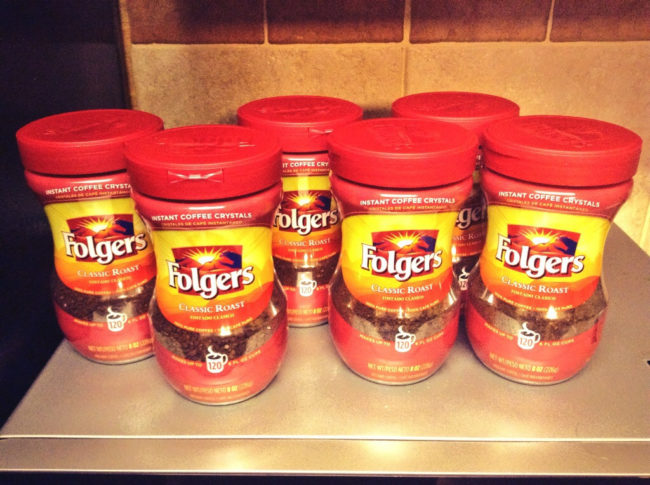


Comments